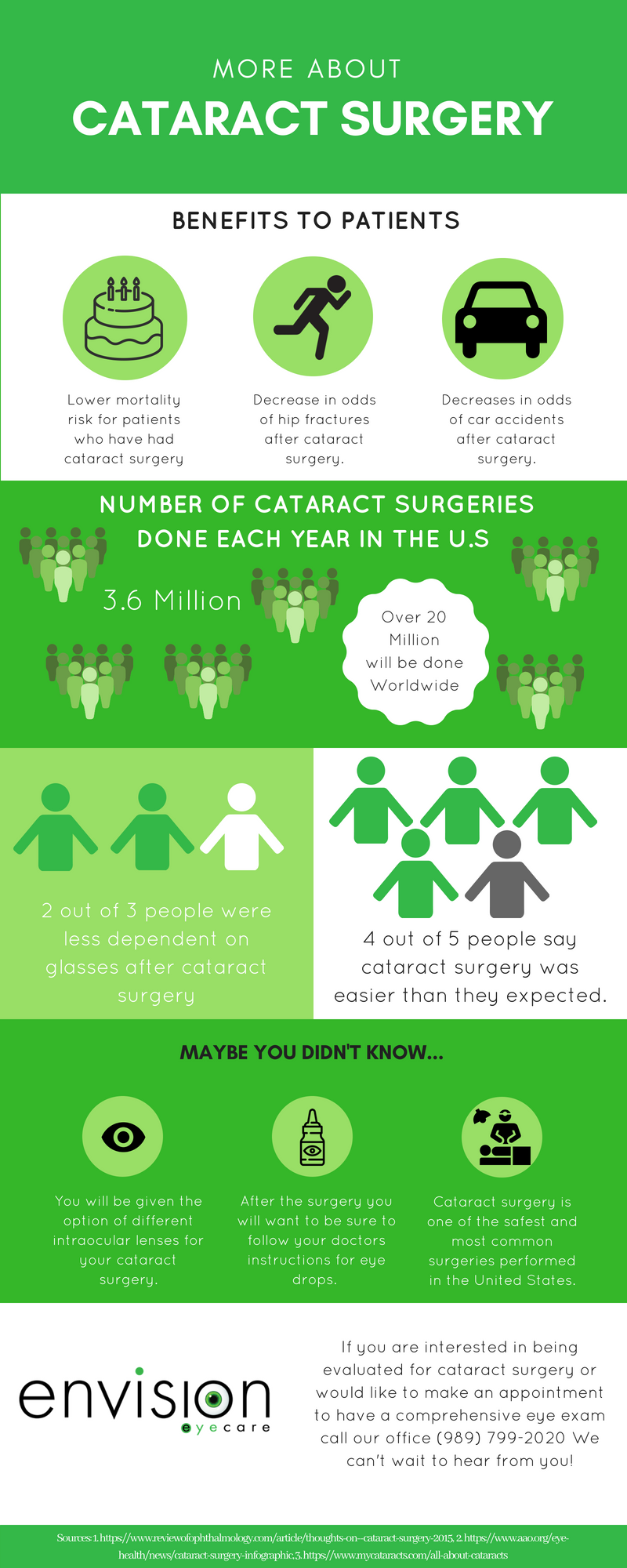What Are The Distinctions And Similarities In Between SMILE Eye Surgery, LASIK, And PRK?
What Are The Distinctions And Similarities In Between SMILE Eye Surgery, LASIK, And PRK?
Blog Article
Web Content Author-Weber Osborne
If you've been considering SMILE eye surgical treatment, you might question how it stacks up against LASIK and PRK. Each procedure has its own set of benefits and considerations. From quicker recuperation times to prospective dangers, there are crucial distinctions you ought to understand before deciding. Recognizing these distinctions will help you make an educated choice that lines up with your certain requirements and expectations. Curious to understand more about how these procedures contrast thoroughly? Keep on exploring to obtain a thorough understanding of SMILE, LASIK, and PRK.
SMILE Eye Surgery Introduction
If you're thinking about SMILE eye surgery, you'll locate it to be a minimally intrusive procedure with a fast recuperation time. Throughout SMILE (Small Cut Lenticule Extraction), a laser is utilized to create a tiny, exact laceration in the cornea to remove a small item of cells, reshaping it to fix your vision. This varies from LASIK, where a flap is produced, and PRK, where the external layer of the cornea is entirely eliminated.
One of the essential advantages of SMILE is its minimally intrusive nature, leading to a faster healing procedure and less pain post-surgery. The recuperation time for SMILE is relatively quick, with many clients experiencing improved vision within a day or 2. This makes it a prominent option for those seeking a convenient and efficient vision improvement procedure. In find more , SMILE has been revealed to have a reduced danger of completely dry eye disorder contrasted to LASIK, making it a favorable option for individuals worried concerning this possible negative effects.
Distinctions In Between SMILE, LASIK, and PRK
When contrasting SMILE, LASIK, and PRK eye surgical procedures, it is necessary to recognize the distinct strategies utilized in each treatment for vision improvement.
SMILE (Little Incision Lenticule Removal) is a minimally invasive procedure that includes creating a tiny laceration to draw out a lenticule from the cornea, improving it to remedy vision.
LASIK (Laser-Assisted In Situ Keratomileusis) entails developing a thin flap on the cornea, utilizing a laser to improve the underlying tissue, and after that rearranging the flap.
PRK (Photorefractive Keratectomy) gets rid of the external layer of the cornea before reshaping the tissue with a laser.
The main difference depends on the method the cornea is accessed and dealt with. SMILE is flapless, making it a great choice for individuals with thin corneas or those involved in contact sports. LASIK offers quick visual recuperation due to the flap creation, however it may posture a higher risk of flap-related issues. PRK, although having a longer recuperation period, stays clear of flap-related concerns altogether.
Understanding these variances is vital in choosing one of the most ideal procedure for your vision modification demands.
Benefits And Drawbacks Comparison
To assess the benefits and downsides of SMILE, LASIK, and PRK eye surgical procedures, it's necessary to consider the certain benefits and prospective constraints of each treatment. SMILE surgery provides the advantage of a minimally intrusive procedure, with a smaller sized cut and potentially quicker recuperation time compared to LASIK and PRK. It additionally reduces the risk of completely dry eye post-surgery, an usual side effect of LASIK. Nonetheless, SMILE may have restrictions in treating higher levels of myopia or astigmatism contrasted to LASIK.
LASIK surgical procedure gives quick visual healing and very little pain during the procedure. It's highly reliable in dealing with a wide variety of refractive errors, consisting of myopia, hyperopia, and astigmatism. Yet, i have cataract surgery of flap complications, which can affect the corneal structure.
PRK eye surgical procedure, while not as prominent as LASIK, avoids developing a corneal flap, decreasing the danger of flap-related problems. It appropriates for clients with slim corneas or irregular corneal surfaces. Nonetheless, PRK has a longer recovery time and may involve much more pain during the recovery procedure.
Verdict
So, when it pertains to choosing between SMILE, LASIK, and PRK, think of it like selecting the perfect pair of footwear. SMILE is like a smooth, comfortable set of tennis shoes - fast and very easy.
LASIK is a lot more like fashionable high heels - flashy and quick, but with some potential dangers.
PRK is like durable hiking boots - reputable and sturdy, yet requiring a bit more time and effort.
Inevitably, the most effective selection depends on your individual requirements and preferences.
